Most people today in the world of skincare know the importance of and the benefits of applying and reapplying sunscreen regularly. While selecting a sunscreen, we end up looking for characteristics along the lines of moisturising, no white cast, quick absorption, suitable for oily skin, and so on and so forth. But I am here to change that process of selection for you because I don't believe this is the right way. Selecting the type of skincare you use on your face shouldn't be done by what's in front of the packaging, it should be from what's written behind the packaging—the ingredients. While the front can read things that entice you, the truth lies in the ingredients. When it comes to sunscreens, the ingredients list can determine whether it's a chemical sunscreen or a physical sunscreen. Both types have their benefits and drawbacks, and here's everything you need to know about both.
Chemical Or Physical Sunscreen: Everything You Need To Know Before Choosing
Physical Sunscreen
If you, like me, actively keep researching and updating your knowledge on the world of skincare, then you know that physical sunscreens (also known as mineral or inorganic sunscreen), for the longest time, have been believed to create a physical barrier on top of your skin that reflects harmful UV rays of the sun. But a recent study done in 2015 states that this is not entirely true. While physical sunscreens do reflect UV rays, it's said to only be for 4% to 5% per cent (less than SPF 2), the rest are absorbed by the skin and converted to heat (much like chemical sunscreens).
One of the major advantages of a physical sunscreen is that it's effective immediately, unlike a chemical sunscreen. However, mineral sunscreens usually have a thick consistency and tend to leave a white cast, which is why many people avoid using this type of sunscreen.
Most sunscreens on the market don't label their sunscreens as physical or chemical, but the easiest way to find out is by looking at the ingredient list. The key ingredients in physical or mineral sunscreens will be zinc oxide, titanium dioxide, or sometimes both.
Zinc oxide is considered to be superior and to be one of the best sun protectants overall. It's a highly stable and non-irritating ingredient, so much so that it considered to have additional benefits of being an anti-irritant. Titanium dioxide also shares similar characteristics and gives broad spectrum coverage that it is highly stable. Both, however, have the disadvantage of leaving a whitish film on the skin, which is the reason why physical sunscreens often leave a whitecast.
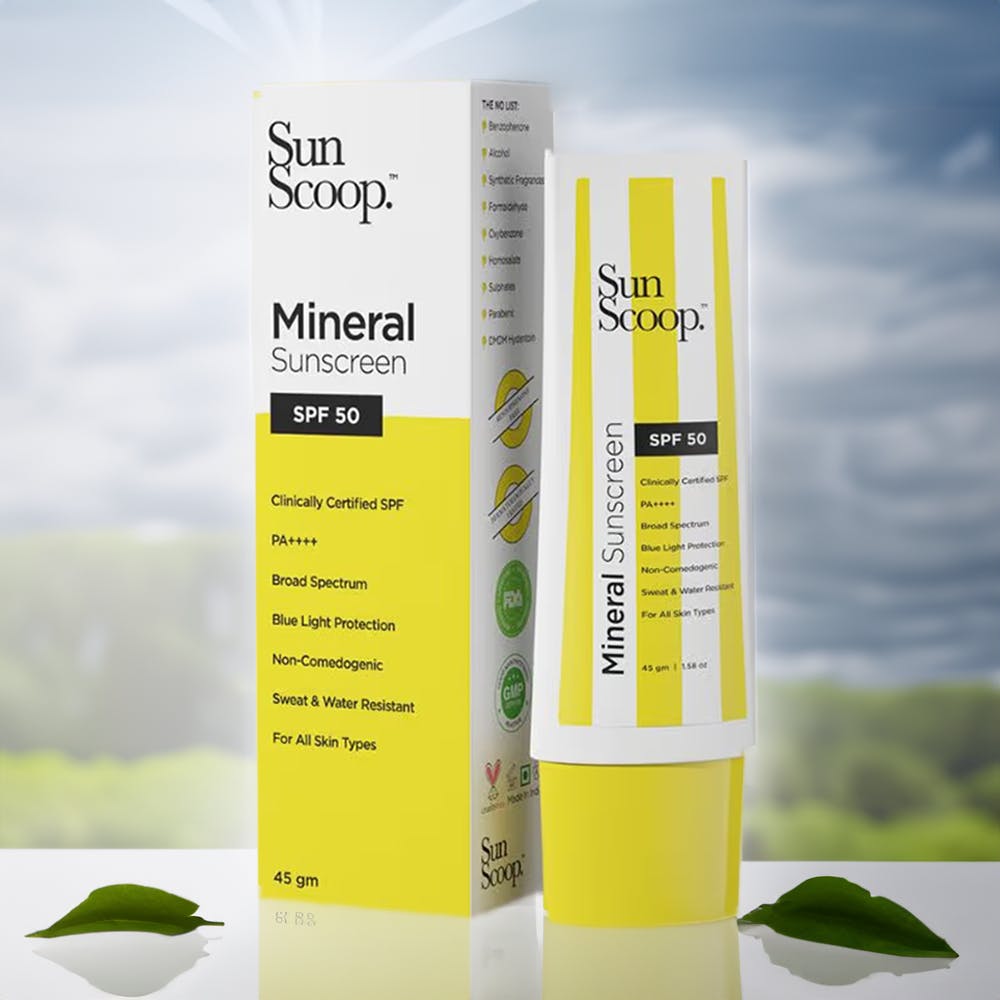





For more tinted sunscreens, head here.
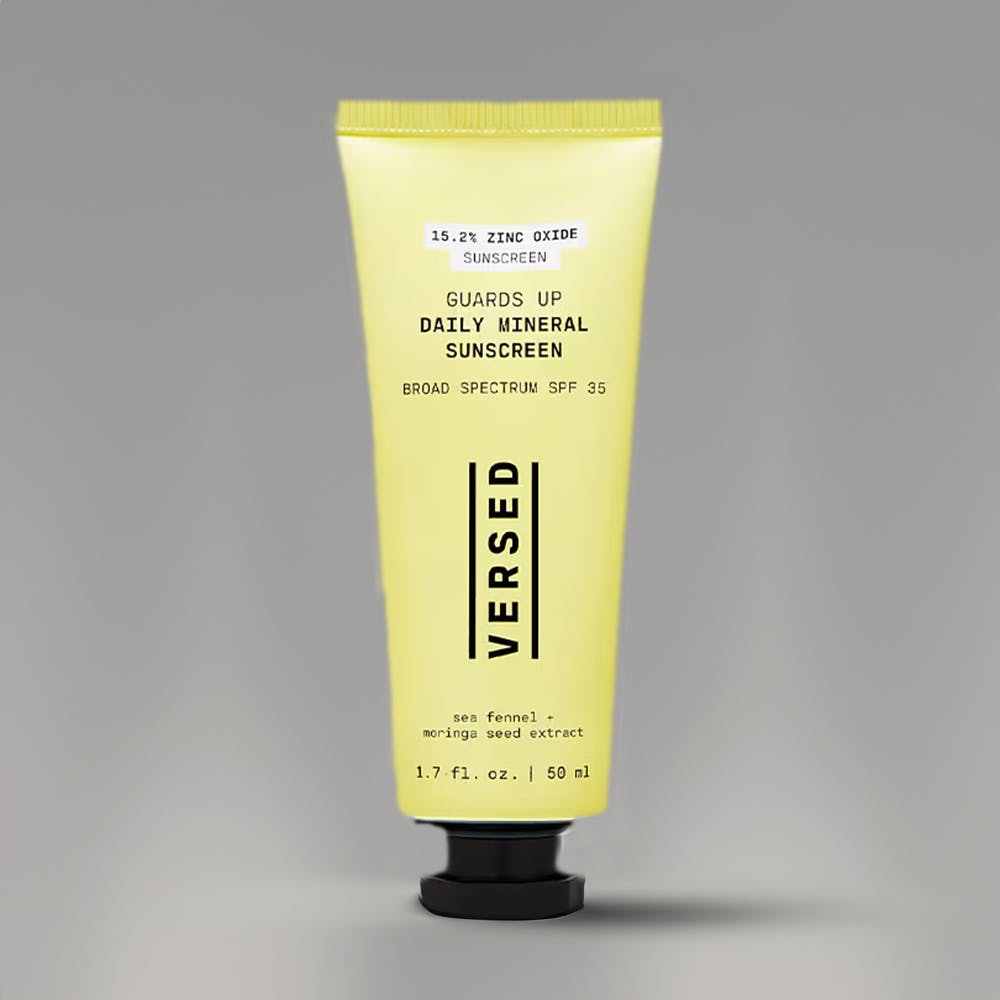

To know our thoughts on Versed, check out this video.
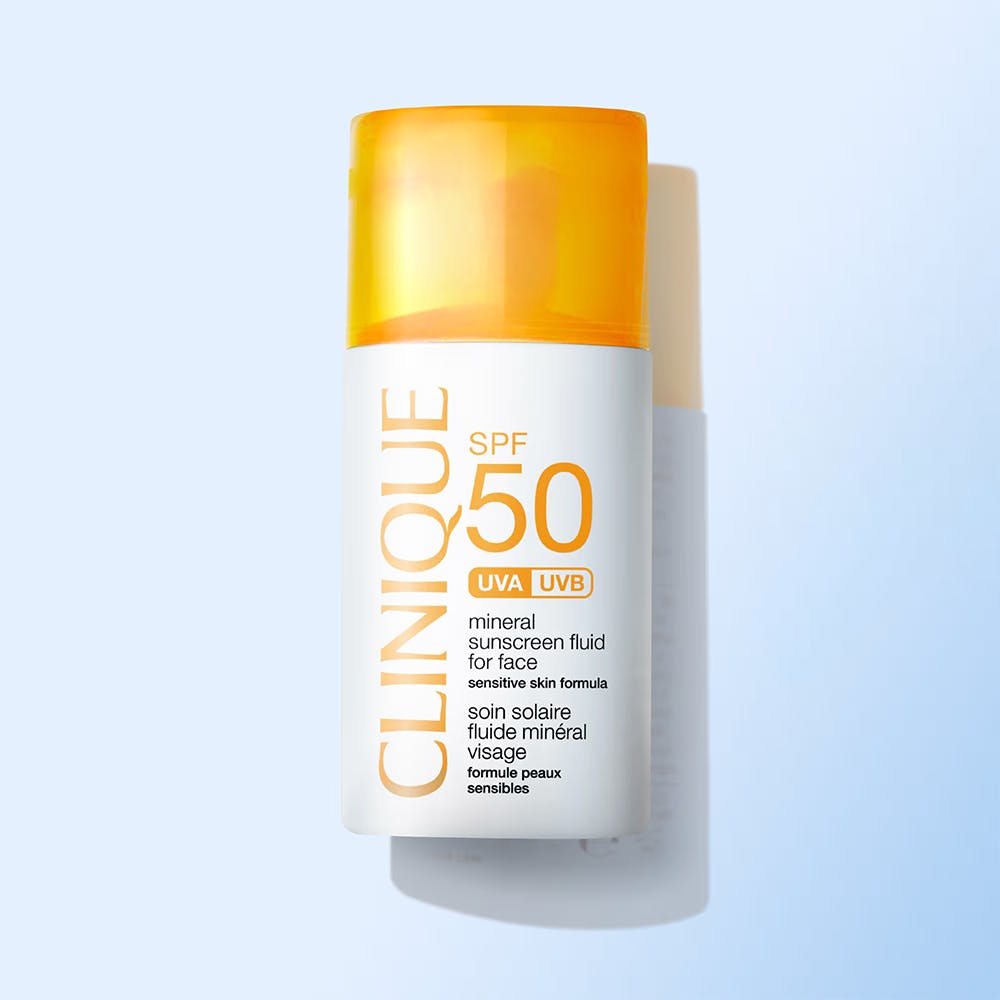

Chemical Sunscreen
Chemical sunscreens (organic) work by absorbing the rays of the sun, converting them into heat, and then scattering the heat. Chemical sunscreens have had a bad reputation until recently, and are said to be not suitable for pregnant women as well. But it's important to note that this is not because of how harmful the sunscreen is but because of lack of research on the said population, and as we all know, prevention is better than cure. Unlike physical sunscreens, chemical sunscreens have an increasing list of ingredients, some of the most popular ingredients include oxybenzone and avobenzone but the list goes on with octinoxate, homosalate, octocrylene, and more.
Chemical sunscreens usually have a thinner consistency, which makes them easier to use, if not more enjoyable, and do not leave a whitecast on the face, making them a popular choice. Chemical sunscreens are also considered to be more water and sweat-resistant than physical sunscreen. However, it's advised to apply at least 20 minutes before heading out for maximum protection from the sun. Another drawback is that some ingredients like oxybenzone are not considered to be reef-safe, but more research is required here to understand the effects of SPF on oceans and reefs. A brief moment on social media claimed that chemical sunscreens have been associated with skin cancer, but that is not true and the myth has been debunked.
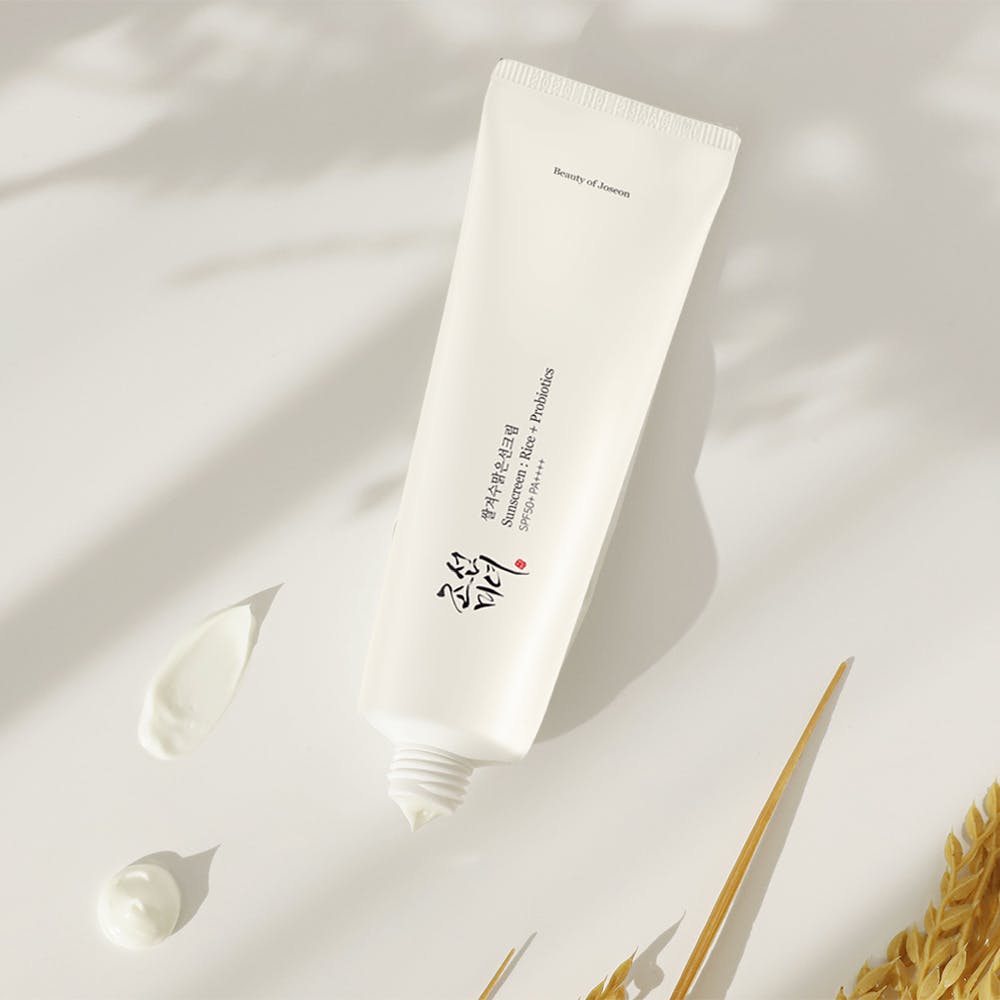
For the best Korean sunscreens, head here.
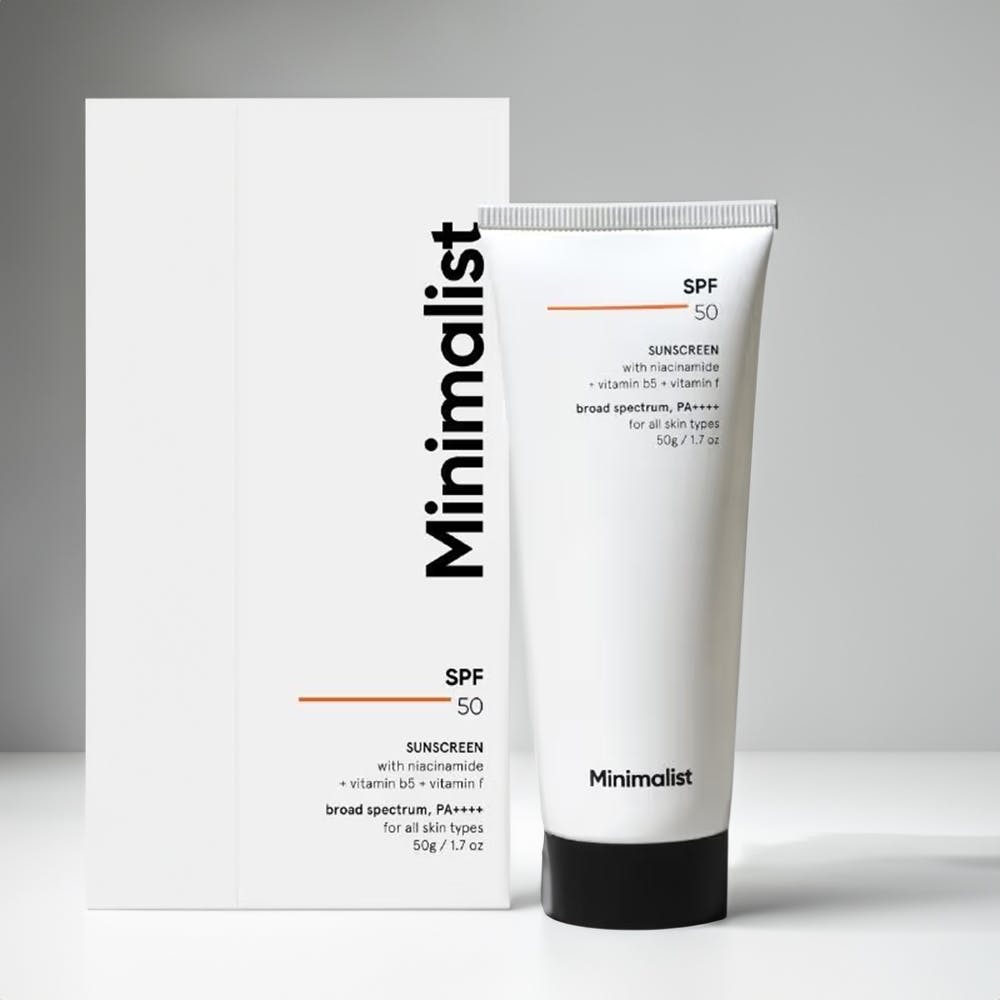

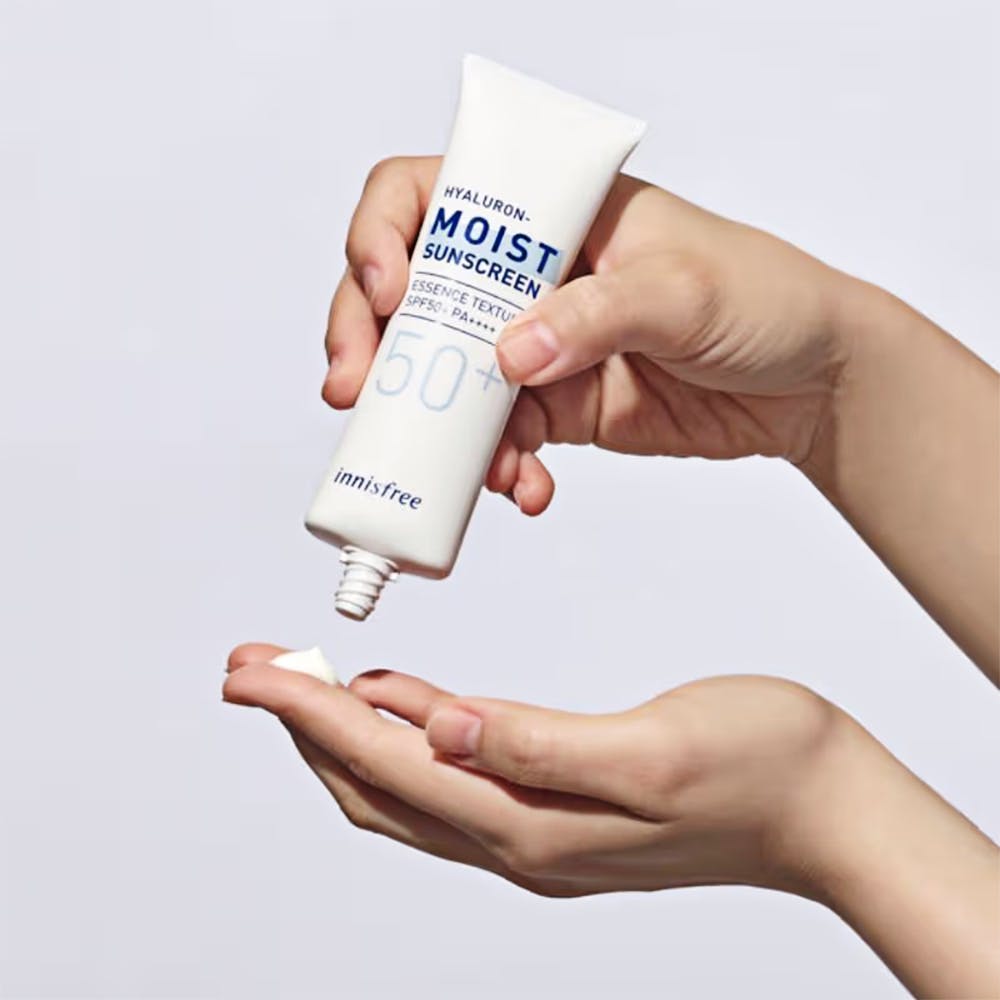

For more sunscreens that don't leave a white cast, head here.


Physical Vs Chemical Sunscreen: Which One Is Better For You?
Both chemical and mineral sunscreens have their pros and cons, and when it comes to making a choice, it boils down to personal preference. The most important thing of all remains being protected from the sun, having a sufficient amount of sun protection factor aka SPF (SPF 30 is considered to be good, but I'd suggest going for SPF 50) and enough protective grade (PA), which indicates the level of protection from UV rays to make sure you are safe from UVA as well as UVB rays. For Indian weather, it's best to go with highest protection, which is PA++++. In the end, the best sunscreen for you is the one that you think works best for you after all the considerations.


